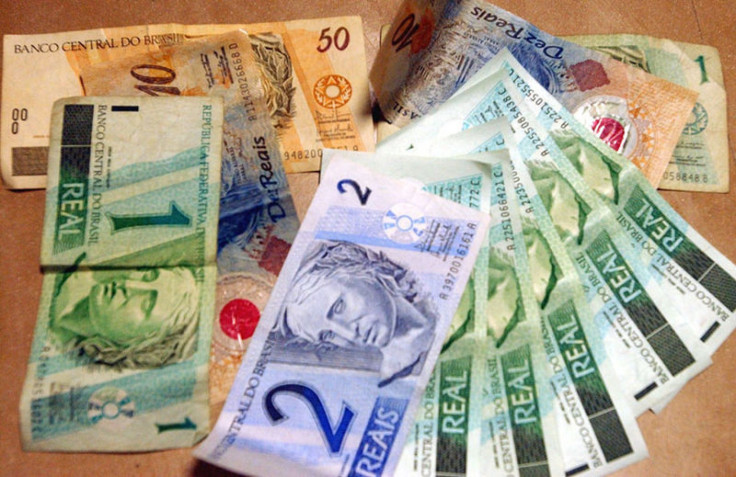Brazilian Real, Venezuelan Bolivar And Argentine Peso Drop Against US Dollar; What Does Devaluation Mean For Region?

Brazil is not alone: Venezuela and Argentina are also seeing their currencies fall against the U.S. dollar. The past three months have been rough for Latin American economies, which have reached low levels that have been compared to the 2008 crisis, particularly in the case of Brazil.
After the Venezuelan bolívar, Brazil's real is the Latin American currency that has been the most devalued in 2013. The American dollar has risen by 43 percent against the Brazilian currency in the last two years, including by 18.9 percent in just the last six months.
It is not clear if the devaluation comes from a weakening economy, or the other way around. “What goes first? The bad growth projection or the devaluation?” wondered analyst Miguel Boggiano to Spanish newspaper El País. “I am tempted to think that it is the devaluation that impacts the economy.”
The Venezuelan bolívar hung on for its life during the last months of 2012, but in February, as President Hugo Chavez was dying, dropped a stunning 32 percent – going from 4.3 to 6.3 bolívares per dollar, where it currently stands. The measure did little to help the declining economy, not helped by the black markets, in which dollars were sold at three times the official rate.
The third economy in trouble is Argentina, where the peso’s devaluation rate in the last year reached 30 percent – exceeding for once the inflation rate, which remains at an alarming 23 percent. The exchange rate is currently 5.6 pesos per dollar, after a devaluation of 14.3 percent in the first half of 2013 –- and there is a 60 percent surcharge in the black market.
Other Latin American currencies have also experienced devaluations. In the first six months of 2013, the dollar gained 7.8 percent versus the Peruvian sol, 6.7 percent versus the Chilean peso and 9 percent versus the Colombian peso. On the other hand there is the Mexican peso, against which the dollar grew a modest 2.1 percent.
The sharp devaluations across South America mean the countries' exports could grow, but bring in less revenue. Since their main exports are natural resources and raw materials, like oil, minerals and basic goods, a drop in value means a decelerating economy.
Investment is also flowing back into the stronger U.S. currency – U.S. Treasury yields have doubled from 1.4 percent a year ago to a 2.8 percent, a figure unseen since 2011.
© Copyright IBTimes 2024. All rights reserved.



















